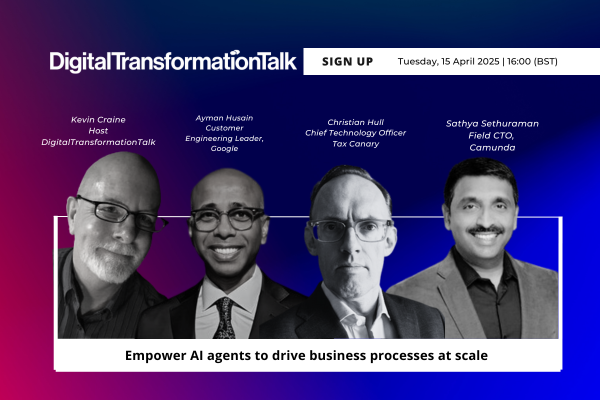SupplyChainTalk: Using supply chain orchestration to revamp your operations
On 7 February 2024, Supply Chain Talk host Alastair Charatanwas joined by Andy Hadley, Supply Chain Director, Costa Coffee;Mike Loquercio, Digital Manufacturing Program Manager, Coca Cola; and Allen Jacques, Industry Thought Leader, Kinaxis.
Views on news
A large supermarket chain in Belgium, Colruyt, has been impacted by farmers who are blocking the supermarket’s distribution centres. Although not confirmed, supermarket chain Lidl may also be impacted. The blockades have led to disruptions in the supply chain. The incident demonstrates that sourcing locally also comes with risks of disruption, while alo highlighting the importance of managing the business’s reputation. Influencers play an important and unique role in shaping consumer expectations in the farm to fresh market. As far as suppliers are concerned, the general rule is that you have to keep them happy in whatever industry you are. The disruption caused by local farmers also points to the benefits of dual sourcing to maintain business continuity.
Strategic relationships with suppliers built on trust and information sharing
Keeping costs down while making a supply chain resilient is a tricky balancing act, as backup suppliers and systems will cost the business extra money. Long-term win-win relationships with suppliers ensure that when there is a disruption, your business is on top of their list. Increasing consumer expectations thanks to amazonification also dictate that customer needs should take priority over cost minimalization. Manufacturing is where your highest costs, the biggest complexities and constrains are. Therefore, if you can reach higher efficiencies there, you can save on costs and free some capacity, which can be leveraged to meet upward swings demand.
Supply chain visibility will provide information regarding which aspects of the product lifecycle are the mot crucial to supply chain resilience. AI is already used extensively to predict changes in customer behaviour. However, intricate trade-offs must be reached between the planning horizon and the days of supply coverage. Also, some smart data that a business captures require interventions, while others can simply be addressed by normal replenishment workflows. However, a dashboard providing actionable data to inform decisions can’t be overestimated.
Network planning is another key factor and once you have it designed and running, this will determine what you can and cannot do in the next 12-18 months. We already have the technology that grants visibility of the business’s and even its suppliers supply chains, which alerts the user to any upcoming disruptions, as well as their impact on the whole supply chain –informing simulations and decisions regarding how their negative effects can be mitigated. This, of course, doesn’t apply to all disruptions, as there are ones that are next to impossible to predict.
Supply chain professionals should avoid the mistake of not linking their operation to the company’s overall strategy. Talking about long term goals and business strategy is also a good way to better engage with suppliers. The promises made by sales to customers to come up with competitive offers can stretch the supply chain too far, which may lead to getting disgruntled customers. What seems to undermine internal collaboration most is Excel sheets. Businesses should have a shared view of the common truth instead.
A case for working with big suppliers is that they have diversification in focus as well and establish plants in different geographics that you can fall back on in the event of disruptions.
The panel’s advice
- In a strategic relationship with suppliers, you work towards beneficial outcomes not only for the lowest costs.
- Streamlining manufacturing processes is key to supply chain efficiency.
- The more you can push your planning horizon out, the better your chances are to achieve resilience.
- Direct sourcing and vending through your 3P providers are equally important.
- Don’t underestimate the importance of investment in technology that you need to enable your data analytics capabilities.
- In addition to a slick, technologically enabled supply chain planning, make sure there is room for planning realism to combat overplanning.
- See your vendors as co-development partners and inform them about your plans or changes in your strategy.
- Trust with suppliers can go as far as including them in S&OP meetings.

Business Reporter Team
Most Viewed
Winston House, 3rd Floor, Units 306-309, 2-4 Dollis Park, London, N3 1HF
23-29 Hendon Lane, London, N3 1RT
020 8349 4363
© 2025, Lyonsdown Limited. Business Reporter® is a registered trademark of Lyonsdown Ltd. VAT registration number: 830519543





